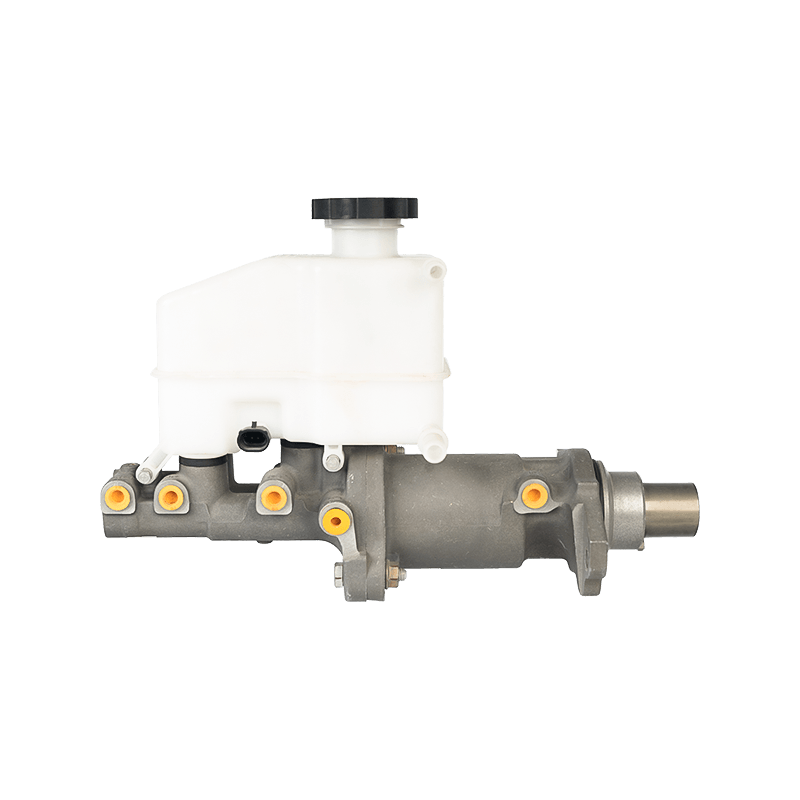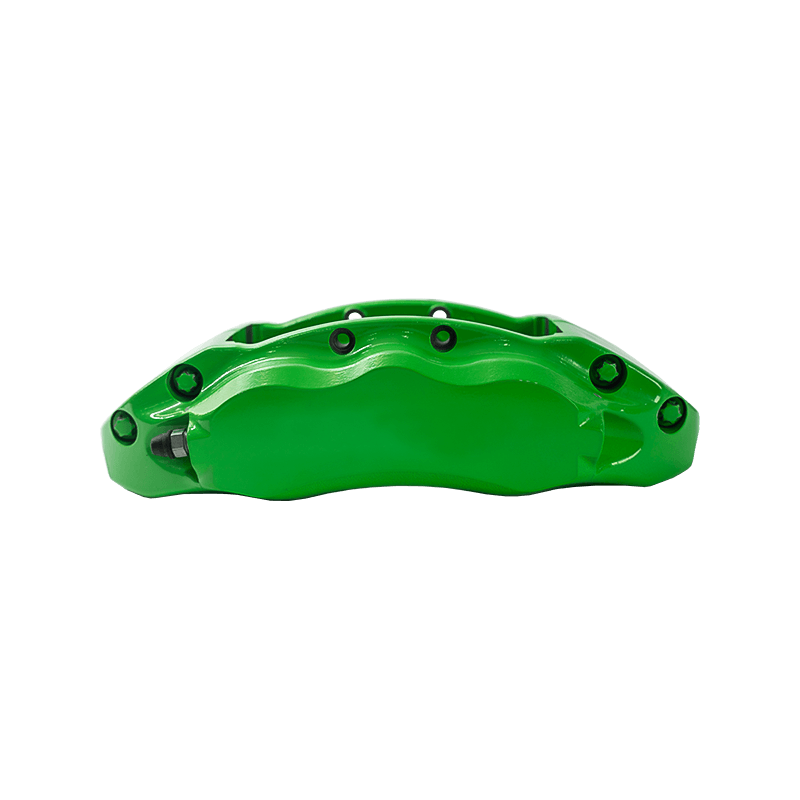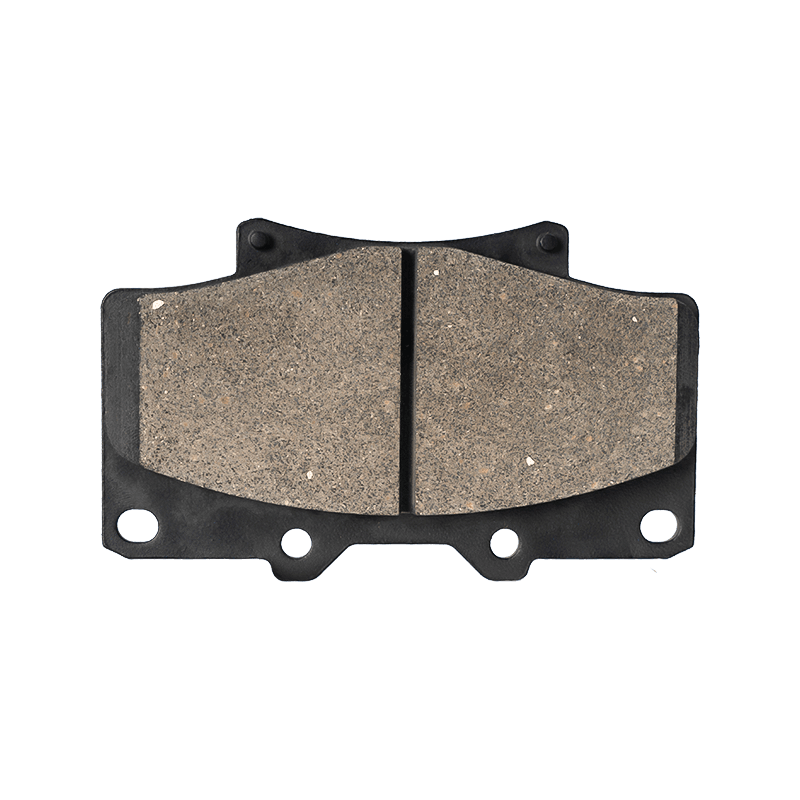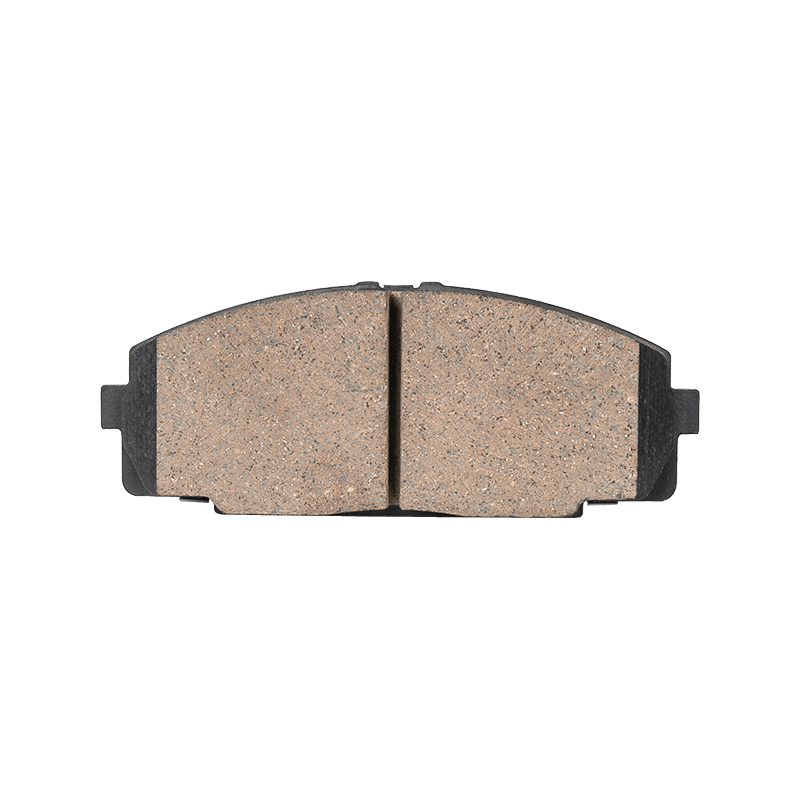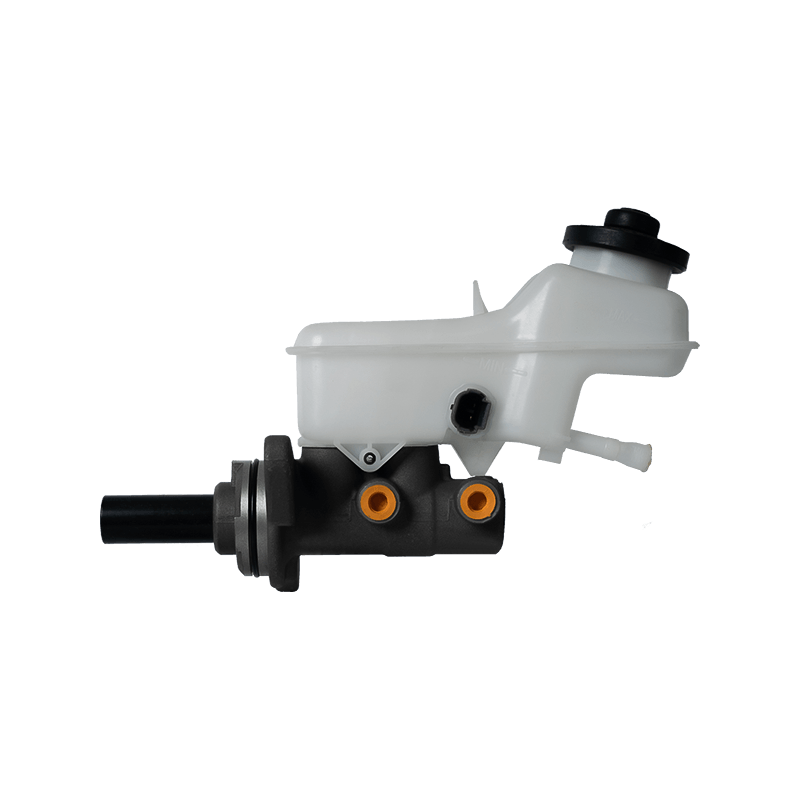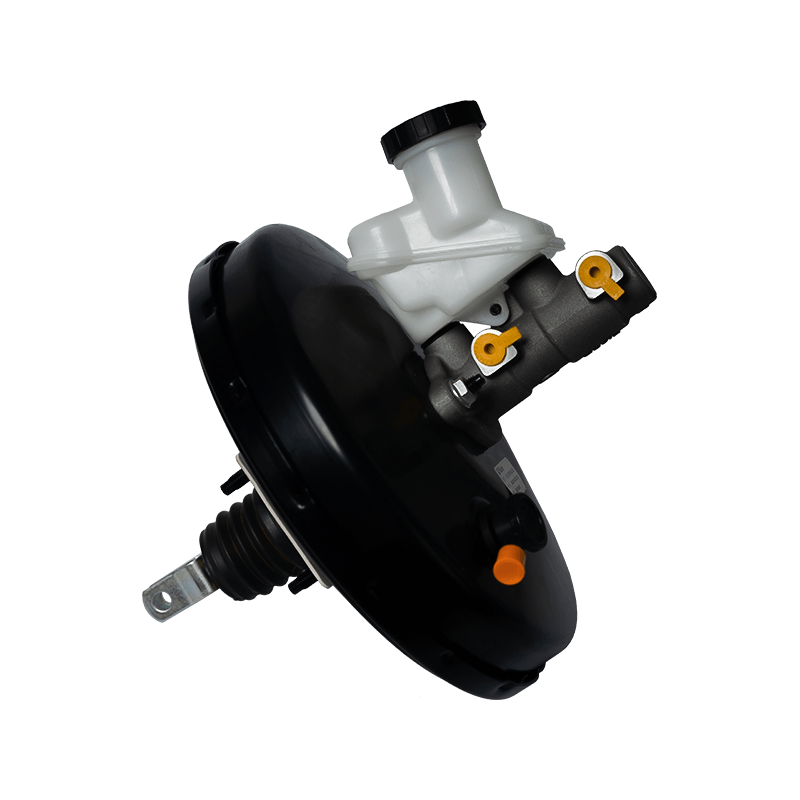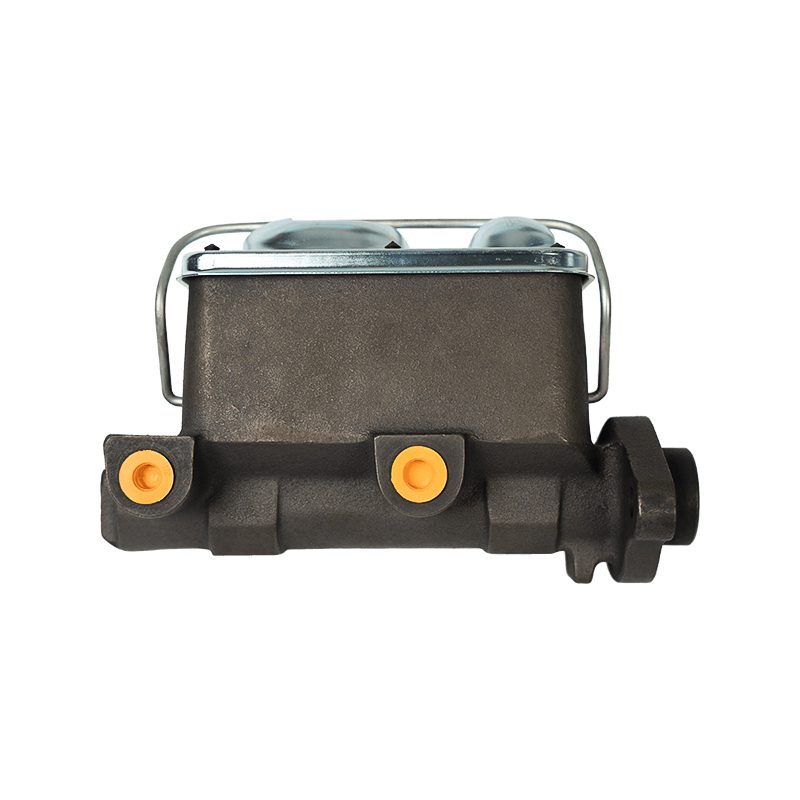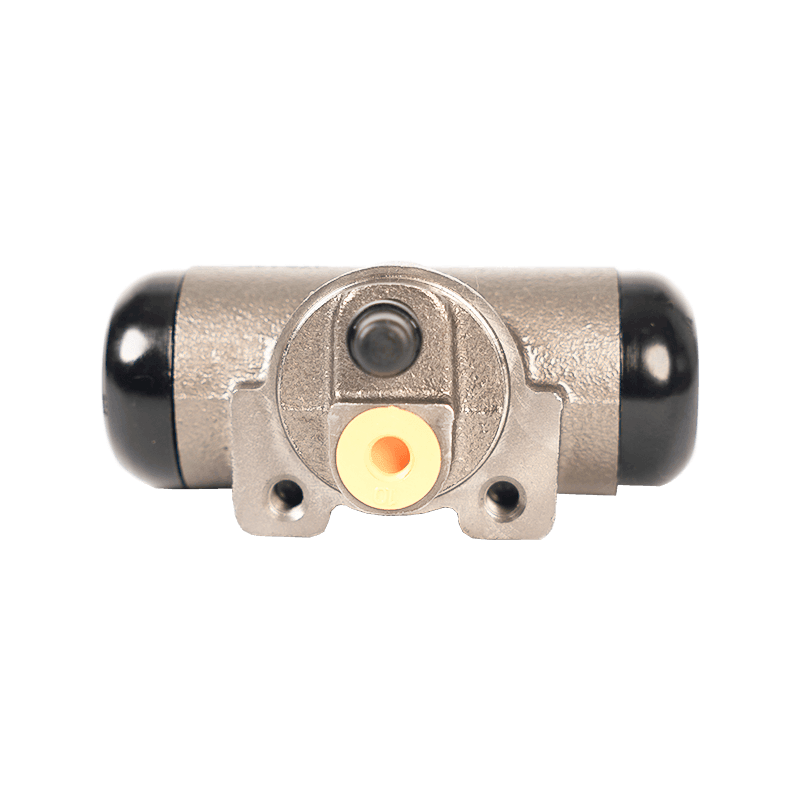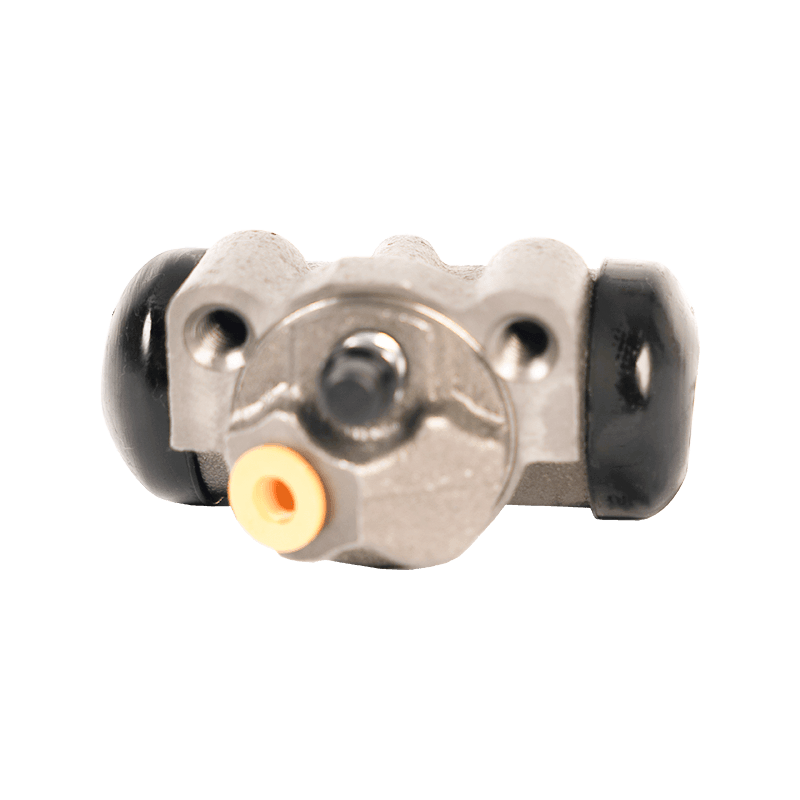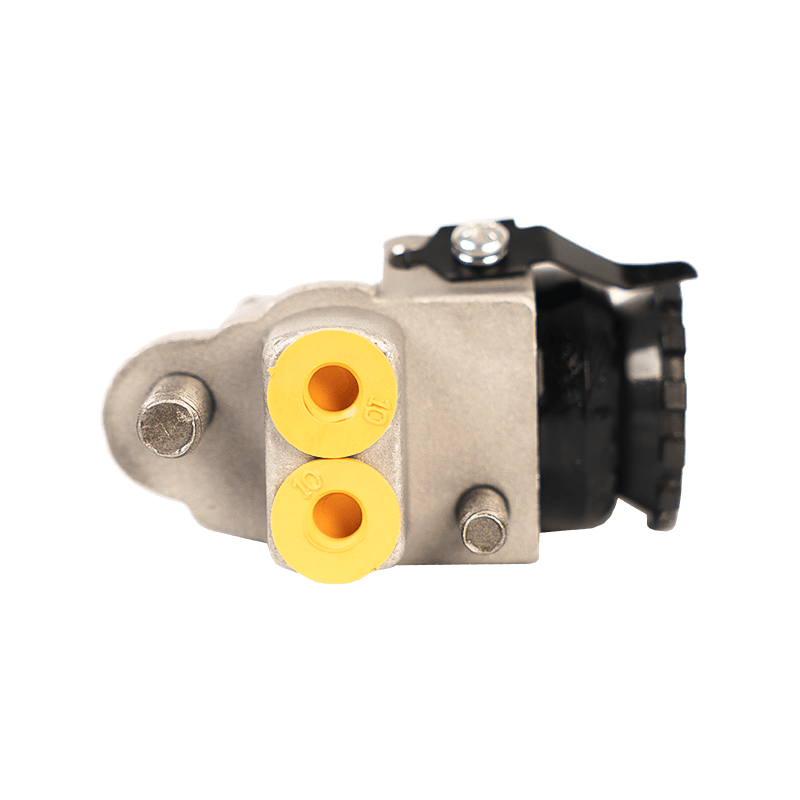Do I need to pay attention to the model of my car when choosing brake pads?
 2025.05.12
2025.05.12
 Industry News
Industry News
When choosing brake pads, vehicle model compatibility is the core consideration, which is directly related to the performance and safety of the braking system. The size, shape, friction material ratio and other parameters of the brake pads must be accurately matched with the original design of the vehicle, otherwise it may lead to unbalanced braking force distribution, abnormal wear of the brake disc and even brake failure. This difference stems from the overall coordination requirements of the vehicle braking system, including the coupling relationship between engineering parameters such as caliper piston stroke, hydraulic pressure transmission efficiency, and thermal expansion coefficient of friction materials. If non-adaptive brake pads are forcibly installed, multiple problems may occur: size deviations will cause the caliper to be unable to fully clamp the brake pads, and the braking force will decay; mismatched friction coefficients may break the dynamic balance of the front and rear wheel braking forces, and it is easy to drift or turn out of control during high-speed emergency braking. In addition, the brake pads of some high-performance models use special heat dissipation structures (such as porous ventilation design). Improper adaptation will aggravate the thermal decay phenomenon and cause a sharp drop in braking force after continuous braking. For new power models such as electric vehicles, the adaptation requirements are more stringent. The coordination between the kinetic energy recovery system and mechanical brakes requires a precise friction coefficient curve. If ordinary fuel vehicle brake pads are used, the high friction coefficient may reduce the energy recovery efficiency and reduce the driving range. Modified cars or racing cars require customized brake pads. For example, carbon ceramic brake pads need to redesign the friction layer thickness according to the wheel size and vehicle weight distribution, otherwise they are prone to delamination or fragmentation under extreme working conditions.
 Search
Search
 Eng
Eng 
 English
English Español
Español Português
Português


